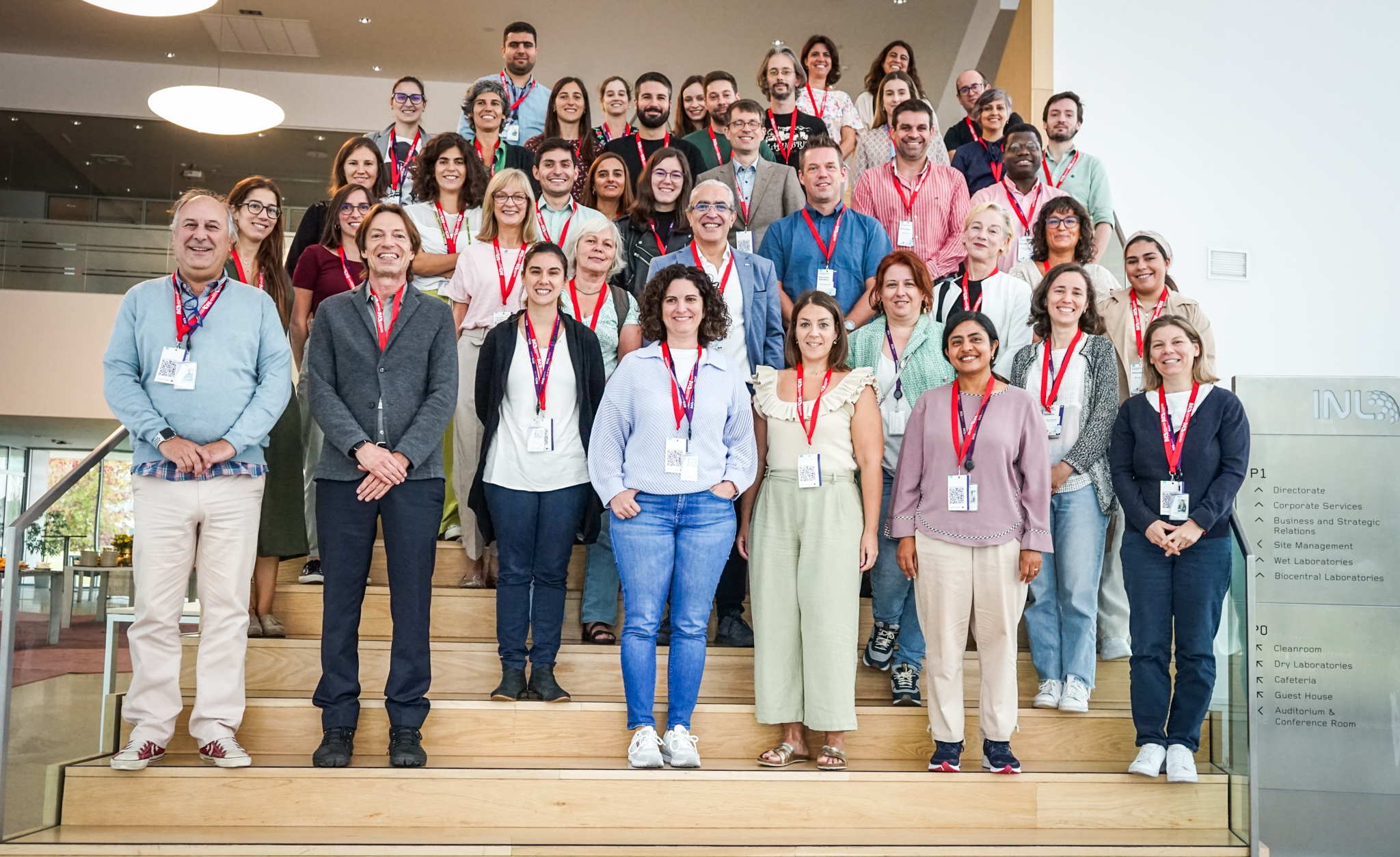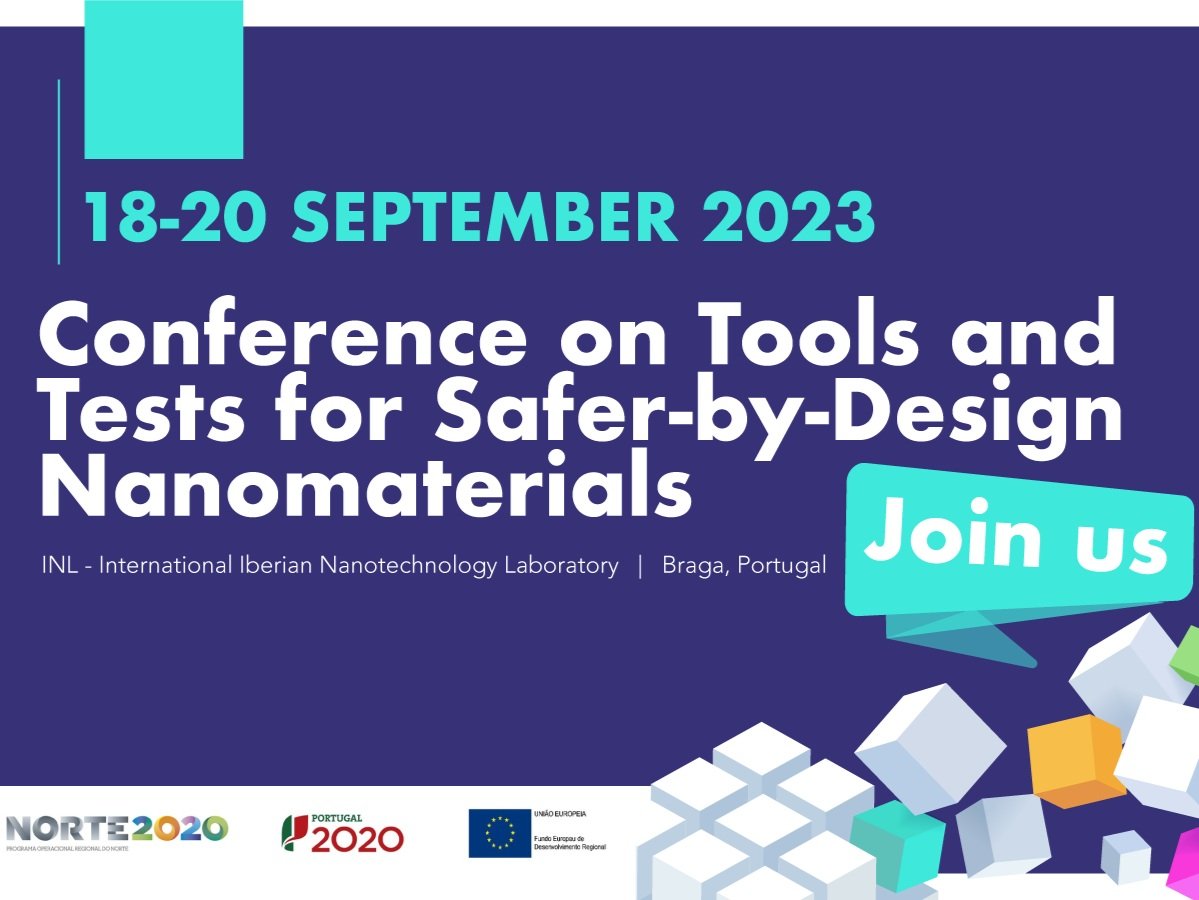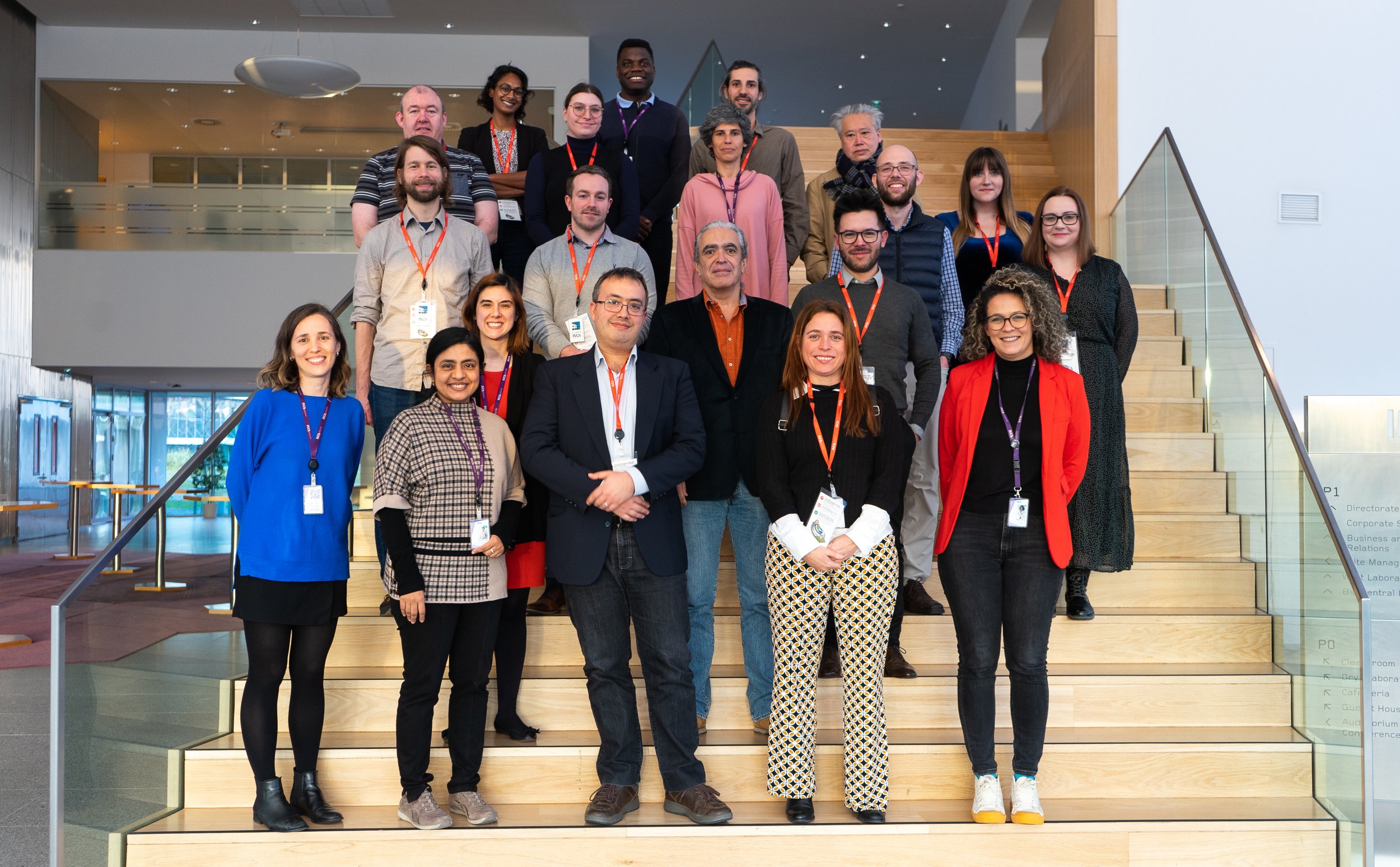
Strategies for semiconductor/electrocatalyst coupling toward solar-driven water splitting
July 14, 2020
Hydrogen (H2), as a carbon-neutral energy carrier, has a significant potential to enable the global energy transition from the current fossil-dominant system to a clean, sustainable and low-carbon energy system, greatly reducing greenhouse gas emissions and improving air quality. While presently the global H2 production is predominated by fossil fuel feedstocks, for future widespread utilisation it is of paramount importance to produce H2 in a decarbonized manner. To this end, H2 production through photoelectrochemial (PEC) water splitting, where sunlight and water are the only inputs, has been proposed to be a highly desirable approach with minimal negative impact on the environment. Both semiconductor light-absorbers and hydrogen/oxygen evolution reaction (HER/OER) catalysts are essential components of an efficient PEC cell. It is well documented that loading electrocatalysts on semiconductor photoelectrodes plays significant roles in accelerating the HER/OER kinetics, suppressing surface recombination, reducing overpotentials needed to accomplish HER/OER, and extending the operational lifetime of semiconductors in aqueous electrolyte.
At INL, the Nanomaterials for Electrochemical Storage and Conversion (NESC) group has been working on the development of semiconductor photoelectrode and HER/OER catalysts as well as the coupling of these two essential components. Recently, upon invitation, the group has published a comprehensive review article entitled “Strategies for semiconductor/electrocatalyst coupling toward solar-driven water splitting” in Advanced Science. In this article, the researchers first outline how the coupling of electrocatalysts influences the PEC performance of semiconductor photoelectrodes. They then focus on the major strategies developed so far for semiconductor/electrocatalyst coupling, including a variety of dry processes and wet chemical approaches. This review provides a comprehensive account on advanced methodologies adopted for semiconductor/electrocatalyst coupling and can serve as a guideline for the design of efficient and stable semiconductor photoelectrodes for use in water splitting. Research Fellow S. Mouli Thalluri is the first author of this review, and researchers from EPFL and Tongji University also contributed to this article.



